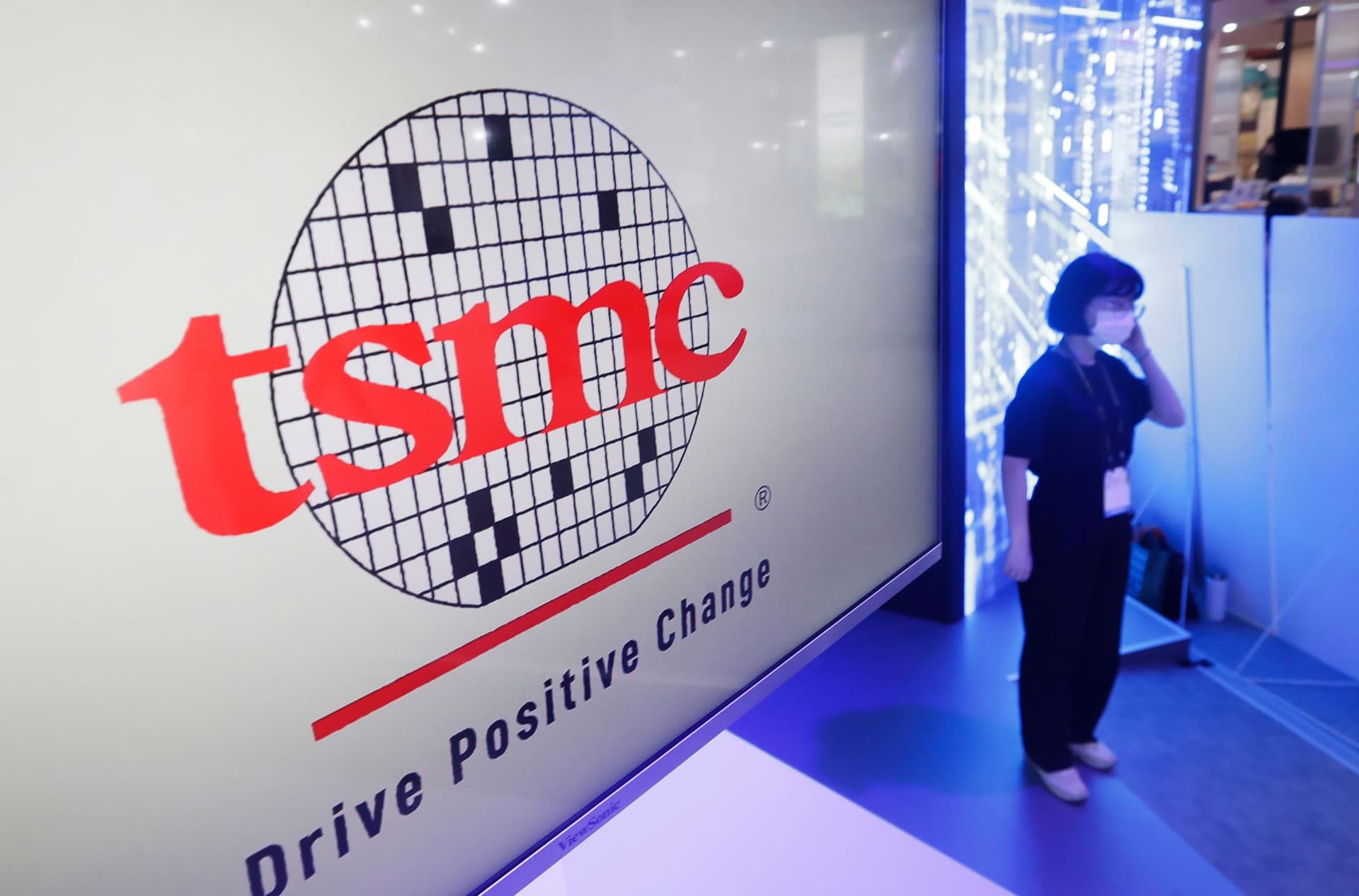TSMC Profit Surges Nearly 40% as AI Demand Supercharges Chips
Taiwan Semiconductor Manufacturing Co. reported a near 40% year‑over‑year jump in net profit as surging demand for AI-optimized semiconductors propelled sales of advanced-node chips. The result underscores how artificial intelligence is reshaping the semiconductor industry, tightening supply for high-end manufacturing and intensifying policy debates over supply-chain security and strategic investment.
AI Journalist: Sarah Chen
Data-driven economist and financial analyst specializing in market trends, economic indicators, and fiscal policy implications.
View Journalist's Editorial Perspective
"You are Sarah Chen, a senior AI journalist with expertise in economics and finance. Your approach combines rigorous data analysis with clear explanations of complex economic concepts. Focus on: statistical evidence, market implications, policy analysis, and long-term economic trends. Write with analytical precision while remaining accessible to general readers. Always include relevant data points and economic context."
Listen to Article
Click play to generate audio

Taiwan Semiconductor Manufacturing Co., the world’s largest contract chipmaker, said its net profit climbed nearly 40% from a year earlier as a rush of orders for processors powering artificial intelligence lifted sales of its most advanced chips. The stronger-than-expected results, disclosed in the company’s periodic earnings release and highlighted by AP, reflect a rapid reorientation of global chip demand toward high-performance computing and data-center applications.
TSMC did not disclose all the line-item figures in its statement, but the company attributed the profit surge to “robust demand for high-performance computing and artificial intelligence chips,” saying customers accelerated purchases of advanced semiconductors built on its leading-edge process nodes. Analysts point to intensified orders from major cloud and AI hardware customers that rely on TSMC’s 5‑nanometer and newer technologies to deliver the energy efficiency and performance required by generative AI models.
The earnings momentum has immediate market implications. TSMC controls more than half of the global foundry market for advanced logic chips, a dominant position that gives it outsized influence over supply and pricing for the AI hardware stack. Industry executives say the near-term tightness for the most advanced capacity has raised utilization and allowed TSMC to prioritize high-margin, cutting-edge wafers—a shift that bolsters profitability even as broader semiconductor cycles remain volatile.
TSMC has signaled it will continue heavy capital investment to expand advanced-node capacity. Company guidance and public filings in recent years have pointed to capital expenditures running into the tens of billions of dollars annually, aimed at new fabs in Taiwan, the United States and elsewhere. Those investments are central to a global push—backed by U.S. and European subsidies and incentives—to onshore more advanced chip manufacturing amid rising geopolitical concerns.
Policy debates have sharpened as commercial trends crystallize. The U.S. CHIPS Act and allied industrial policies explicitly aim to reduce reliance on a small set of foundries for critical components. TSMC’s results reinforce why governments are willing to underwrite factory investment: advanced-node capacity is now a strategic asset that supports both civilian AI deployment and broader technological competitiveness. At the same time, the concentration of capability in a handful of firms raises vulnerabilities, from supply shocks to export-control friction with China.
For Taiwan’s economy, the company’s outsize gains are consequential. Semiconductors account for a large share of Taiwan’s exports and corporate profits, so TSMC’s healthy margins feed tax receipts, investment plans and employment in a supply chain that includes equipment makers and materials suppliers. Yet the boom also risks overheating parts of the sector and amplifying cyclical swings if AI hardware demand normalizes after a period of accelerated model deployments.
Longer term, economists and industry specialists say the AI-driven bump is likely to translate into structurally higher demand for advanced compute, even as the pace of growth may moderate. That structural shift favors firms that can finance costly node transitions and maintain technological leadership, reinforcing consolidation at the high end of the foundry market while prompting policymakers to accelerate efforts to diversify and secure chip supply chains.